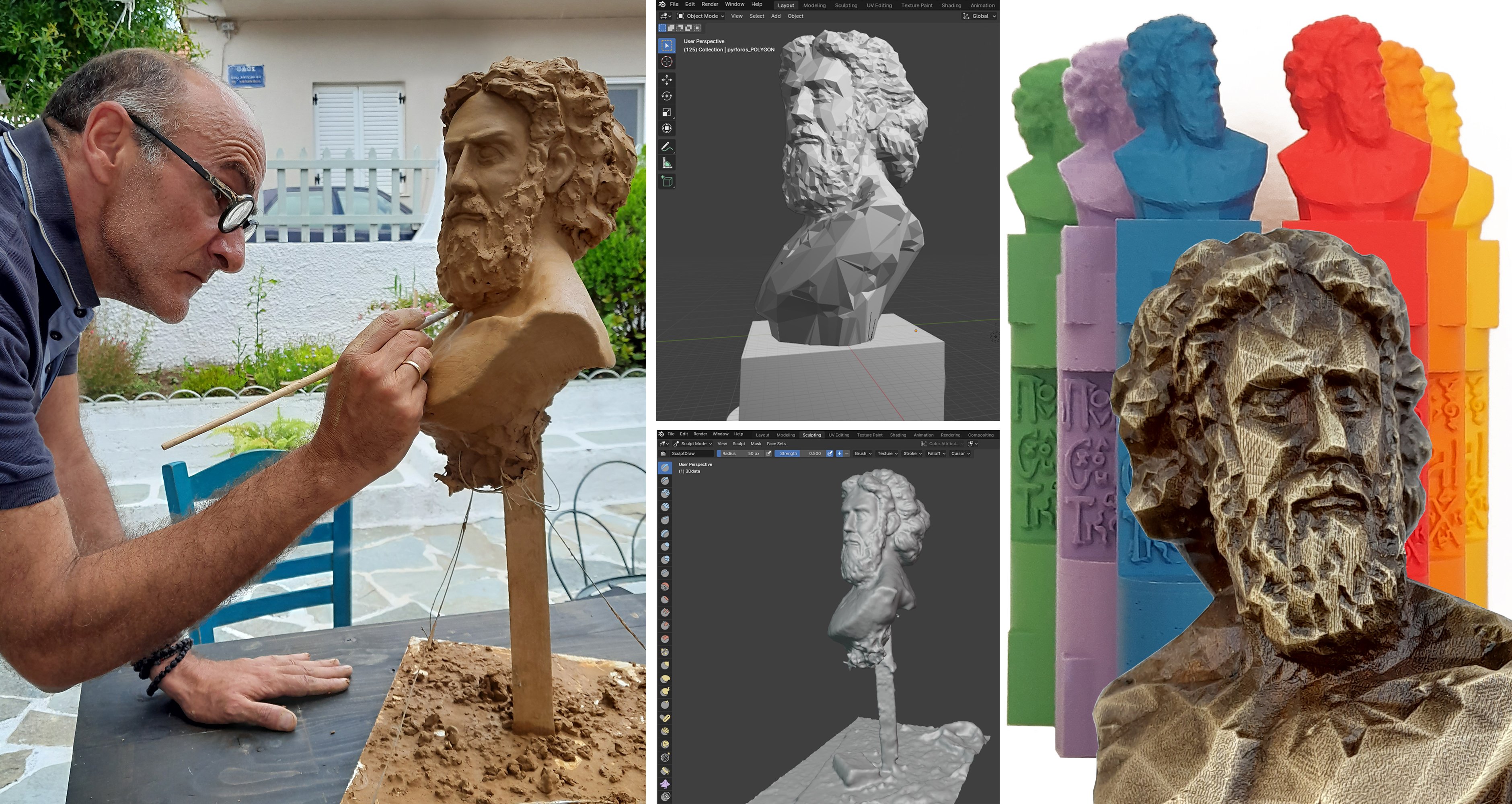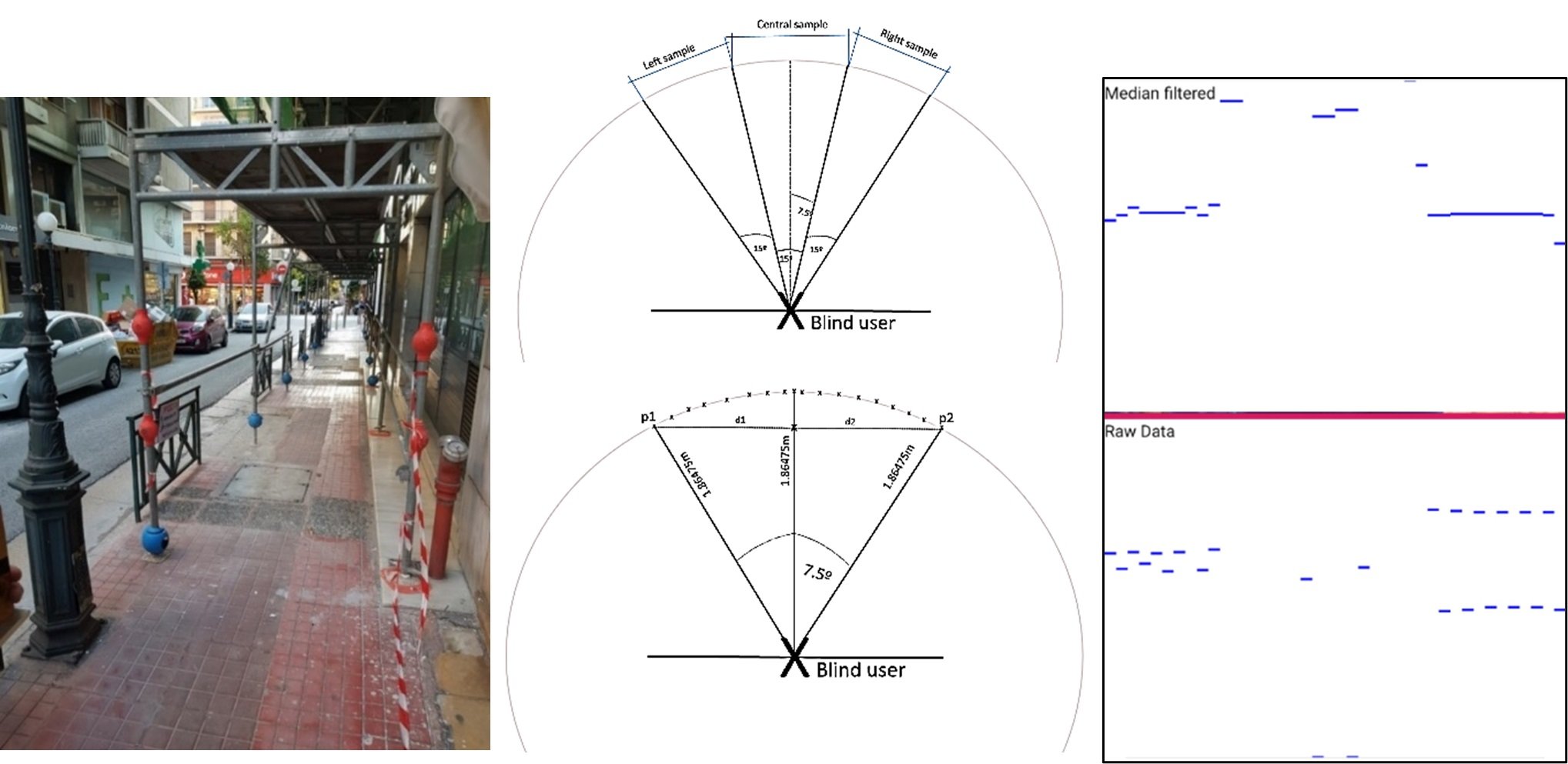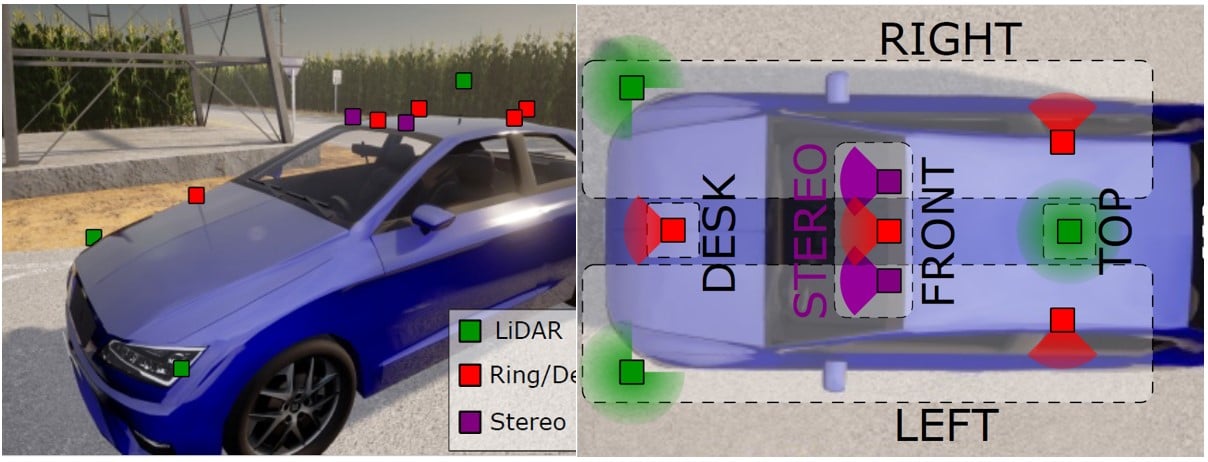
Journal Menu
► ▼ Journal Menu-
- Technologies Home
- Aims & Scope
- Editorial Board
- Reviewer Board
- Topical Advisory Panel
- Instructions for Authors
- Special Issues
- Topics
- Sections & Collections
- Article Processing Charge
- Indexing & Archiving
- Editor’s Choice Articles
- Most Cited & Viewed
- Journal Statistics
- Journal History
- Journal Awards
- Conferences
- Editorial Office
Journal Browser
► ▼ Journal BrowserNeed Help?
Announcements
30 May 2024
Technologies | 2022 Editor's Choice Articles—Part II
We are pleased to share the following ten Editor's Choice Articles published in Technologies (ISSN: 2227-7080). These papers were selected by our Editors-in-Chief and Editorial Board Members from the most notable papers published in Volume 10 (2022). All these papers are of particular interest and importance to readers and have been well received by researchers.
1. “3D Scanning/Printing: A Technological Stride in Sculpture”
by G.-Fivos Sargentis, Evangelia Frangedaki, Michalis Chiotinis, Demetris Koutsoyiannis, Stephanos Camarinopoulos, Alexios Camarinopoulos and Nikos D. Lagaros
Technologies 2022, 10(1), 9; https://doi.org/10.3390/technologies10010009
Available online: https://www.mdpi.com/2227-7080/10/1/9

Highlights:
- Examination of the evolution of sculptural techniques, including carving, lost-wax casting, and diverse 3D scanning/printing methods;
- Investigation of how technological advancements have enhanced the creative capacities of artists in the sculptural domain;
- Exploration of integrations in classical sculpting techniques and contemporary technologies;
- Introduction of the concept of “material poetics” and the discussion of trade-offs between 3D printing and the preservation of material qualities;
- Emphasis on the role of 3D scanning/printing in salvaging cultural heritage and redefining the safeguarding of tangible cultural assets.
2. “Reliable Ultrasonic Obstacle Recognition for Outdoor Blind Navigation”
by Apostolos Meliones, Costas Filios and Jairo Llorente
Technologies 2022, 10(3), 54; https://doi.org/10.3390/technologies10030054
Available online: https://www.mdpi.com/2227-7080/10/3/54

Response of sonar obstacle detection system.
Highlights:
- The paper proposes a state-of-the-art reliable obstacle detection algorithm that analyzes real-time external ultrasonic sensor data and audibly warns blind users about nearby obstacles before detection by the walking cane;
- The proposed system is part of the MANTO project's BlindRouteVision outdoor navigation app, featuring enhanced GPS positioning and a modular ultrasonic component for obstacle detection and distance sensing;
- The system equips a smartphone application and a microelectronic device with an ultrasonic sensor and micro-servo motor, enabling autonomous and safe outdoor navigation for people who are blind.
3. “Application of 3D Virtual Prototyping Technology to the Integration of Wearable Antennas into Fashion Garments”
by Evridiki Papachristou and Hristos T. Anastassiu
Technologies 2022, 10(3), 62; https://doi.org/10.3390/technologies10030062
Available online: https://www.mdpi.com/2227-7080/10/3/62

Highlights:
- The article focuses on technology that can automatically incorporate wearable antennas into clothing in mass design/production while considering aesthetic design;
- The authors utilize 2D patterning and 3D virtual prototyping technology to develop regular clothing without compromising the garment’s elegance or comfort;
- The authors use digital prototyping tools to efficiently develop wearable antenna designs, enabling multiple design options while minimizing resource waste in virtual environments;
- The capabilities of various commercial software modules are described, and particular design examples are implemented, proving the procedure’s efficiency and paving the way for more complex configurations.
4. “Efficient Supervised Machine Learning Network for Non-Intrusive Load Monitoring”
by Muhammad Usman Hadi, Nik Hazmi Nik Suhaimi and Abdul Basit
Technologies 2022, 10(4), 85; https://doi.org/10.3390/technologies10040085
Available online: https://www.mdpi.com/2227-7080/10/4/85

Highlights:
- The study focuses on breaking down energy consumption using NILM, achieved using a single meter measuring the entire home's electrical demand;
- Traditional AI models pose computational and storage challenges, especially for devices with limited capabilities, hindering practicality. ENSML, a compact supervised machine learning network, ensures efficiency with quicker inference times without compromising performance;
- Improved Energy Prediction: ENSML significantly enhances energy prediction accuracy in 99% of cases, offering a cost-effective solution for maximizing energy disaggregation performance.
5. “Multimodal Semantic Segmentation in Autonomous Driving: A Review of Current Approaches and Future Perspectives”
by Giulia Rizzoli, Francesco Barbato and Pietro Zanuttigh
Technologies 2022, 10(4), 90; https://doi.org/10.3390/technologies10040090
Available online: https://www.mdpi.com/2227-7080/10/4/90

Highlights:
- Most autonomous cars exploit a variety of sensors, including RGB, depth and thermal cameras, LiDARs, and RADARs; how to efficiently combine all these sources of information to compute an accurate semantic description of the scene is a very active research field;
- This paper introduces the acquisition setups and multimodal datasets commonly used within the context of autonomous driving;
- It reviews several different deep learning architectures for multimodal semantic segmentation, combining different data sources at different stages.
6. “Material Design for Enhancing Properties of 3D Printed Polymer Composites for Target Applications”
by Vinita V. Shinde, Yuyang Wang, Md Fahim Salek, Maria L. Auad, Lauren E. Beckingham and Bryan S. Beckingham
Technologies 2022, 10(2), 45; https://doi.org/10.3390/technologies10020045
Available online: https://www.mdpi.com/2227-7080/10/2/45
Highlights:
- The review discusses additive manufacturing (AM) for polymer composites. AM enables complex or customized fabrication with minimal material waste and allows faster product development cycles and design iterations;
- Discusses recent AM research for biomedical applications such as the production of patient-specific medical implants, prosthetics, and anatomical models for personalized healthcare solutions;
- The review covers AM applications in creating multi-functional and smart materials, including flexible energy-storage devices, bioengineering, and earth science, as well as challenges like poor interfacial adhesion and strategies to improve mechanical properties through reinforcements and self-healing materials.
We would like to thank all the research groups behind these exceptional papers for their contribution to Technologies. We would greatly appreciate it if you could circulate this document among your colleagues or through your network.
If you want to learn more about the contributions published in Editor’s Choice Articles, please click here.



